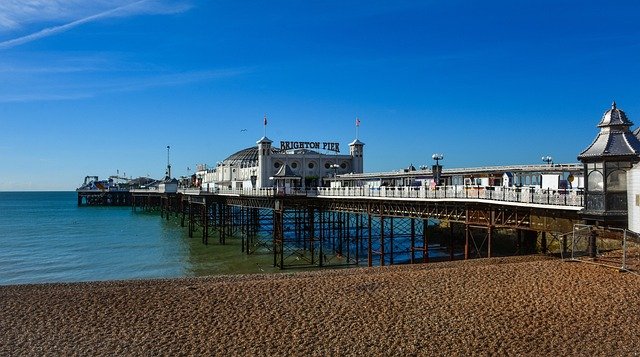Bungalows: Coastal Homes for Beach Vacation Stays
Bungalows are a familiar form of low-rise housing that many associate with relaxed coastal living and uncomplicated vacation time. Originally a practical, single-story dwelling type, bungalows now appear as permanent homes, seasonal retreats, and rental options at beach destinations. This article explains what bungalows are, how they fit into coastal and ocean-front settings, and why they remain a popular choice for people seeking a calm, accessible place for a vacation or everyday living.

How do bungalows suit a beach setting?
Bungalows often work well on the beach because their single-story layouts and wide porches create easy indoor-outdoor flow. The design naturally supports breezy ventilation, simpler access to ground-level outdoor spaces, and a compact footprint that can preserve sand dunes and native vegetation when sited responsibly. In beach environments, thoughtful placement and elevation are important to avoid flood and erosion risks. Many beach bungalows incorporate durable exterior materials, raised foundations, and screened porches to balance the desire for proximity to sand with the practical needs of moisture, wind, and salt exposure management.
Why choose a bungalow for a vacation?
For vacation stays, bungalows offer privacy and a home-like feel that differs from hotels or multi-unit rentals. A bungalow can provide a kitchen, living space, and outdoor areas where families or small groups can gather without sharing common corridors or elevators. Their compact design often translates to lower maintenance during a short stay and easier cleaning for hosts. Vacation bungalows may also be easier to adapt for guests with mobility limitations, since many are single level. When booking, check listings for details about proximity to beach access, local services, and any seasonal considerations affecting comfort or safety.
What defines a bungalow style?
Architecturally, a bungalow is typically a low, often single-story house with a simple roofline, a covered front porch, and an emphasis on horizontal lines. Variations exist—some bungalows include loft spaces or small second levels tucked under the roof—but the core idea is compact, efficient living. Interior layouts often prioritize open communal spaces and easy circulation. Materials and finishes vary by region: coastal bungalows may use cedar shingles, painted wood, or fiber cement for resilience, while inland examples might favor stucco or brick. The defining characteristics are practicality, accessibility, and a connection between indoor and outdoor spaces.
How do bungalows perform in coastal climates?
Coastal climates place specific demands on buildings: wind, salt air, high humidity, and storm surge. Bungalows built for coastal settings typically incorporate protective measures such as elevated foundations, corrosion-resistant fasteners, and durable exterior cladding. Roof pitch and overhangs are often designed to shed wind-driven rain, and porches or verandas provide a buffer zone that reduces direct exposure to weather. Landscaping with native dune or salt-tolerant plants can help stabilize soil and reduce erosion. Properly designed and maintained, bungalows can be resilient in coastal climates, but prospective owners or renters should confirm construction details and local building-code adaptations.
How do bungalows maximize ocean views and access?
Maximizing ocean views in a bungalow relies on site planning and orientation, since most bungalows are low to the ground. Designers often place living areas and windows facing the ocean, use larger sliding doors or grouped windows, and extend living space onto covered porches that open toward the water. Landscaping is kept low to preserve sightlines, and pathways are created to provide direct access to beaches or waterfronts without crossing fragile terrain. For properties where elevation is limited, small design moves—like raised decks, clerestory windows, or mirrored interior layouts—can enhance connection to the ocean while maintaining the bungalow’s hallmark single-level convenience.
Conclusion
Bungalows remain a practical and appealing choice for beach and coastal situations, offering approachable layouts, strong indoor-outdoor connections, and a variety of styles that suit vacation stays or year-round living. When considering a bungalow for a coastal property or vacation rental, evaluate site placement, materials, and local climate adaptations to ensure durability and comfort. Thoughtful design and maintenance help bungalows deliver the simple, accessible experience many people seek near the ocean.






